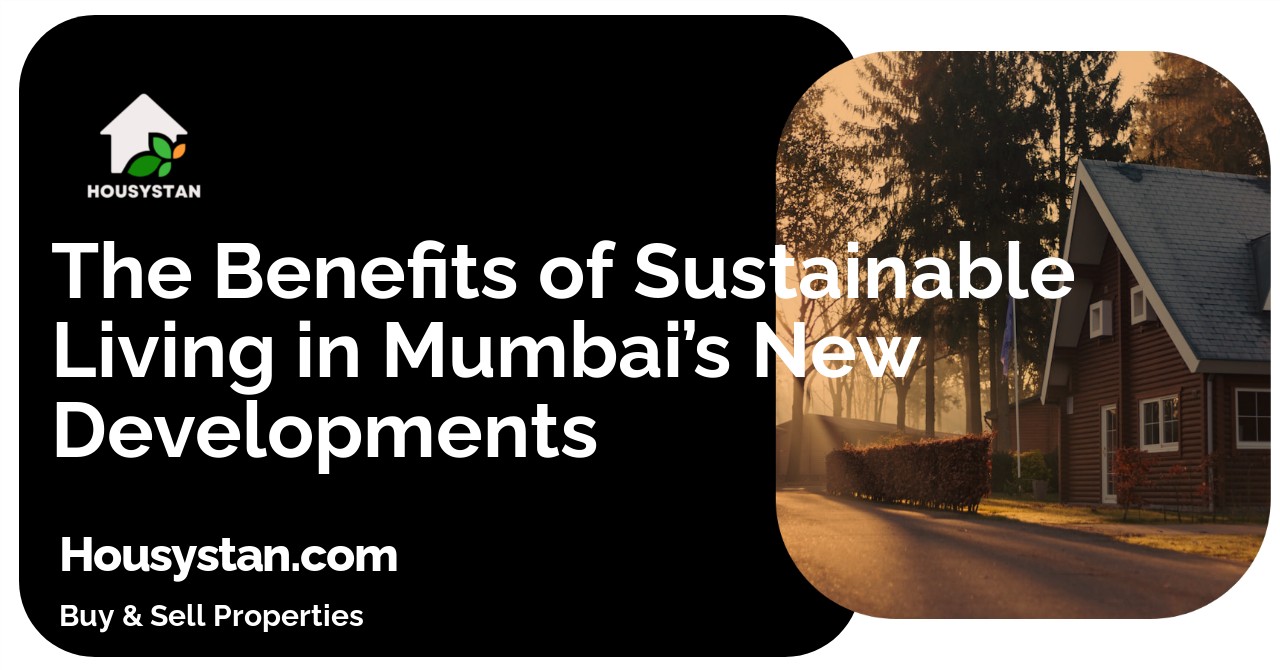The Benefits of Sustainable Living in Mumbai’s New Developments
Read latest blogs and articles from Housystan

The Information mentioned here was last updated on:
31/12/2025Sustainable living has become a key focus in Mumbai’s rapidly evolving real estate landscape. As India’s financial capital continues to expand, new developments across the city are placing an increasing emphasis on eco-friendly practices and green infrastructure. Embracing sustainable lifestyles not only benefits residents but also contributes to Mumbai’s long-term environmental health and resilience.
One of the main advantages of sustainable living in Mumbai’s new developments is the positive impact on energy efficiency. Innovative building designs, including high-performance windows, energy-saving appliances, and smart lighting systems, help reduce electricity consumption. Many residential complexes now feature solar panels, rainwater harvesting units, and advanced waste management solutions, significantly lowering utility bills for homeowners and minimizing the city’s carbon footprint.
Green spaces are another hallmark of eco-conscious construction in Mumbai. Modern developments incorporate landscaped gardens, rooftop terraces, and community parks, providing residents with much-needed areas for relaxation and social gatherings. These green zones improve air quality, reduce urban heat, and support local biodiversity, making neighborhoods healthier and more attractive.
- Verified Tenants/Buyers
- Unlimited Property Listing
- Zero subscription/charges fee
Water conservation is a crucial aspect of sustainable living in Mumbai, given the city’s periodic water shortages. New residential projects are implementing greywater recycling, efficient plumbing, and drip irrigation systems to ensure responsible water usage. Such initiatives not only safeguard this precious resource but also foster a culture of conservation among residents.
Connectivity and accessibility are also integral to sustainable urban living in Mumbai. Many emerging developments are strategically located close to metro stations, bus stops, and cycle tracks, encouraging the use of public transport and reducing dependence on private vehicles. This shift helps decrease traffic congestion and air pollution, creating a more livable and eco-friendly urban environment.
Choosing a sustainable home in Mumbai’s new developments means investing in a healthier future for yourself and the city. These forward-thinking projects offer modern amenities while supporting Mumbai’s environmental goals, making them an ideal choice for those seeking comfort, convenience, and a positive impact on the community.